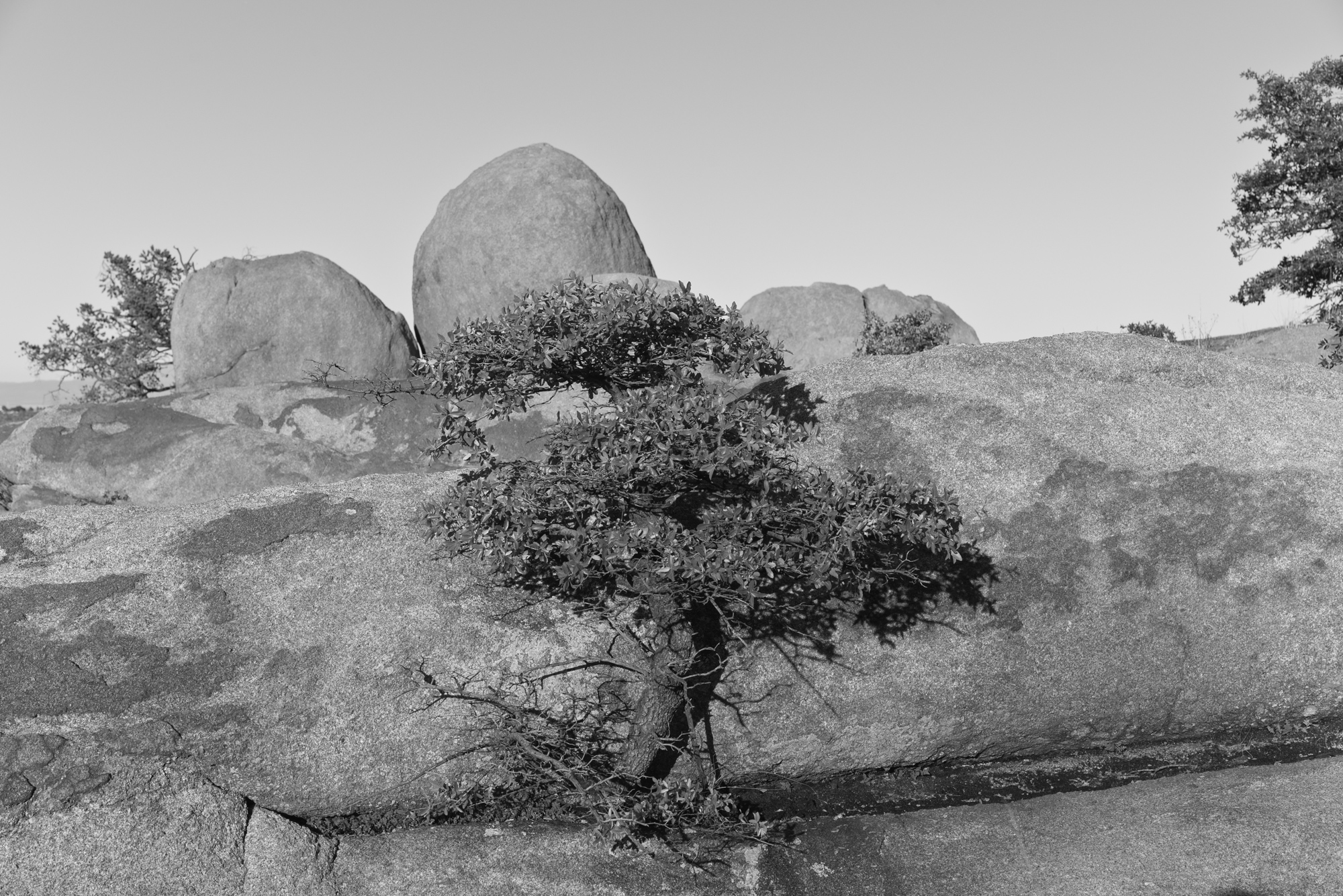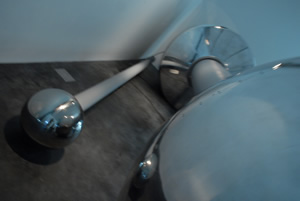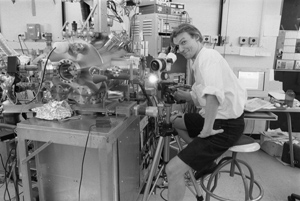for the record, as the university (of Colorado) no longer publishes nor maintains the archive of this magazine, this is the text of an article done by a CU J-School graduate student, Nicole Gordon.
Visiting artist John Hopkins explores relationship between art and technology
After twelve years of living and lecturing in Europe, digital artist John Hopkins is back in the United States. He’s no stranger to the University of Colorado at Boulder; in fact, he earned his master of fine arts degree from CU-Boulder in 1989. These days, however, Hopkins has returned to campus as a visiting artist rather than a student.
“I’ve always had a deep connection to the physical landscape of the West, and intellectually I find Europe stimulating,” Hopkins said. “I’ve attempted to have both, though in the end, physical location is not always important. What is of primary importance is surrounding oneself with humane and positive people — then anything is possible.”
Hopkins’ interest lies at the intersection of art and technology. He describes his work as “art that is not artifact-oriented, but delves into the unique communicative aspects of global networks.”
“John Hopkins has a long-standing commitment to the art network,” said Jim Johnson, interim chair of the Fine Arts Department. “He brings to the department a dedication to art as an ephemeral human process and his work in the digital community has been a natural outgrowth of that dedication. He has inspired numerous art students to pursue art in the real context of one-to-one communication as opposed to the conventional and isolated production of precious objects.”
Hopkins has been a professional artist since 1985. His career has taken him to Iceland, Finland, Norway, Russia, Switzerland, Germany, Estonia, Latvia, Hungary, and Austria as a visiting artist or guest lecturer. His art has been recognized at the prestigious Ars Electronica Festival in Linz, Austria and he has works in numerous private and public collections, including the Bibliothèque Nationale in Paris and the Museum of Modern Art Library in New York City.
At CU-Boulder, Hopkins is teaching introductory and advanced digital art classes, as well as working on individual projects with students and doing international performances.
One of his most recent projects at CU-Boulder, in collaboration with students, is a live, online open-platform happening for creative expression and action called di>fusion. The project, which can be experienced at https://neoscenes.net/projects/difusion1/, simultaneously occupies global network spaces and local physical space with collaborative performance, sonic, music, disc- and video-jockeys, text, poetry-slam, and video events.
“I have done similar projects with students across Europe,” Hopkins said. “And indeed, projects like di>fusion are only partially geographically grounded. Much of the project happens in the space of networks, so there are participants and audiences in many locations.”
Hopkins studied geophysical engineering at the Colorado School of Mines as an undergraduate and worked as a geophysicist before pursuing his art career. He says that art and science aren’t so far apart.
“I worked with electromagnetic fields in geophysics, and I’m basically doing the same in art,” he said.
After receiving his art degree, Hopkins found that the European cultural scene suited his ambitions.
“During the decade of the 90s, while the United States was heavily involved in the dot.com bubble inflation and bursting, there were others in other locations who were looking more critically at technological innovation and the rise of global networks,” he said. “These critical views were often coming out of creative cultural research in Europe.”
Hopkins also noted that funding for arts and culture in Europe is much greater than in the United States.
“There have been many opportunities to get funding for creative projects that could never be realized in the U.S.,” he said. “Scandinavia is generally more advanced than the U.S. in terms of technological implementations society-wide, so naturally there were many interesting things happening on the cultural side related to technology.”
An experienced teacher, Hopkins says that he is committed to the dynamics of the learning environment as a critical and important facet of his work.
“I seek to create vital learning spaces — conceptual and physical zones where the exercise of free expression and spontaneous dialogue take place,” he said.
Examples of Hopkins’ work and more information about him can be accessed on his personal Web site at https://neoscenes.net.
















![The Positions of the Particle at a Given Time, April 1937 [AKM] The Positions of the Particle at a Given Time, April 1937 [AKM]](https://neoscenes.net/blog/wp-content/uploads/1937/04/19370401-akm-math-paper-18.jpg)